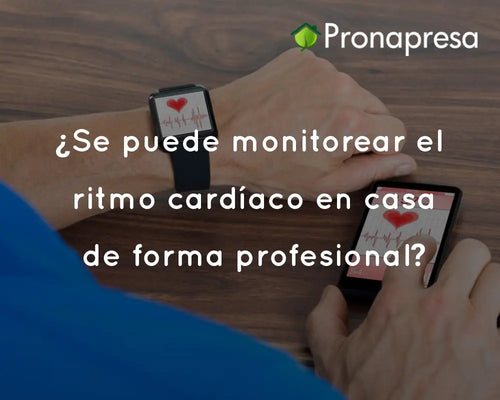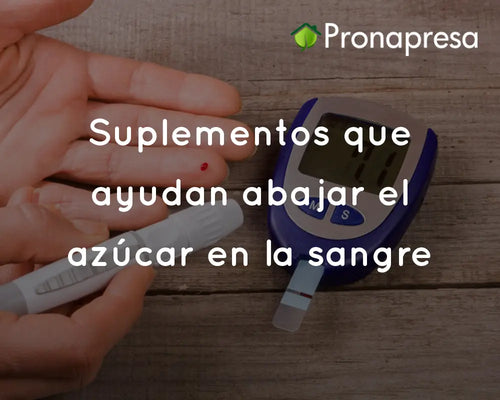
What is Osteoporosis?
Bone mass loss varies between men and women; it can be close to 20% in the 5 to 7 years before menopause and 1% per year after age 65 in women. In men, bone loss occurs later, associated with testosterone levels, between the ages of 40 and 70.
Causes of Osteoporosis
The most common causes that can lead to osteoporosis are the following:
- Age : As we approach old age, our bones tend to lose strength.
- Menopause : With the arrival of menopause, hormonal changes increase the predisposition to osteoporosis. Therefore, factors such as smoking, a sedentary lifestyle, excess weight, and the use of medications like corticosteroids should be monitored more closely.
- Nutritional factors : Calcium is an essential mineral that provides the nutrients needed to strengthen bones. It's found in milk and dairy products, oily fish, and nuts, among other foods. A diet deficient in this and other nutrients can lead to the development of bone health problems.
- Sedentary lifestyle : Regular exercise helps maintain correct bone density levels.
- Excessive consumption of alcohol and coffee.
- Ethnic group : There is a greater tendency to osteoporosis in people of Caucasian and Asian origin.
- Gastrointestinal surgery : Gastrointestinal reduction operations limit the intestinal area through which nutrients such as calcium are absorbed.
- Other lesser-known possible causes include gluten intolerance, men with low testosterone, significant liver disease, or even professional and high-performance sports in women.
Symptoms of Osteoporosis
Osteoporosis is also known as silent epidemic, since it usually does not present identifiable symptoms. It is usually discovered when a bone fracture has already occurred. and therefore prevention is already too late.
However, if the deterioration of the bones is already considerable or important, the following appear: following symptoms or signs:
- Bending of the column.
- Loss of height.
- Predisposition to bone fracture.
Diagnosis
Several clinical tests are necessary to diagnose this disease.
First of all, a medical record detailed examination of the patient and their family history. Then, a complete physical examination.
Subsequently, we proceed to take blood and urine samples for further analysis. In addition, spine x-rays to assess possible deformity or curvature. However, the test par excellence for diagnosing the density and condition of the affected bone is the densitometry.
How to prevent osteoporosis?
It's important to be aware of some modifiable risk factors that may contribute to the development of this disease:
- Eat well; limit your intake of salt, caffeine, and excess protein; these promote the elimination of calcium through urine.
- Consume milk and dairy products. These foods reduce intestinal transit, allowing for better calcium absorption.
- Having a low body weight, a body mass index less than 20 kg/cm
- Sedentary lifestyle and immobility promote accelerated loss of bone mass.
- Excessive alcohol consumption and smoking; these substances impair the absorption of nutrients such as calcium and vitamin D and affect bone cells.
- Low exposure to the sun, this situation decreases the cutaneous synthesis of vitamin D.
- Increase your intake of fruits and vegetables, as they have an alkaline effect that improves calcium balance and inhibits bone loss.
- Check your calcium intake; the National Institute of Calcium and Calcium Research recommends 1,000 mg of calcium per day for men and women between the ages of 50 and 70, and 1,200 mg per day for those over 71.
- Get 800–1000 IU of vitamin D daily; if needed, take a supplement if you are over 50.
- Limit alcohol consumption; 3 or more drinks a day affect bone metabolism and increase the risk of falls.
- Exercise regularly, focusing on weight lifting and muscle strengthening; this will help you improve your agility, strength, posture, and balance, and reduce your risk of falls.
- Be aware of the possibility of a fall; consider the safety of your home; avoid medications that depress the nervous system; be cautious with blood pressure medications; and visit an optometrist to have your vision evaluated.





















































